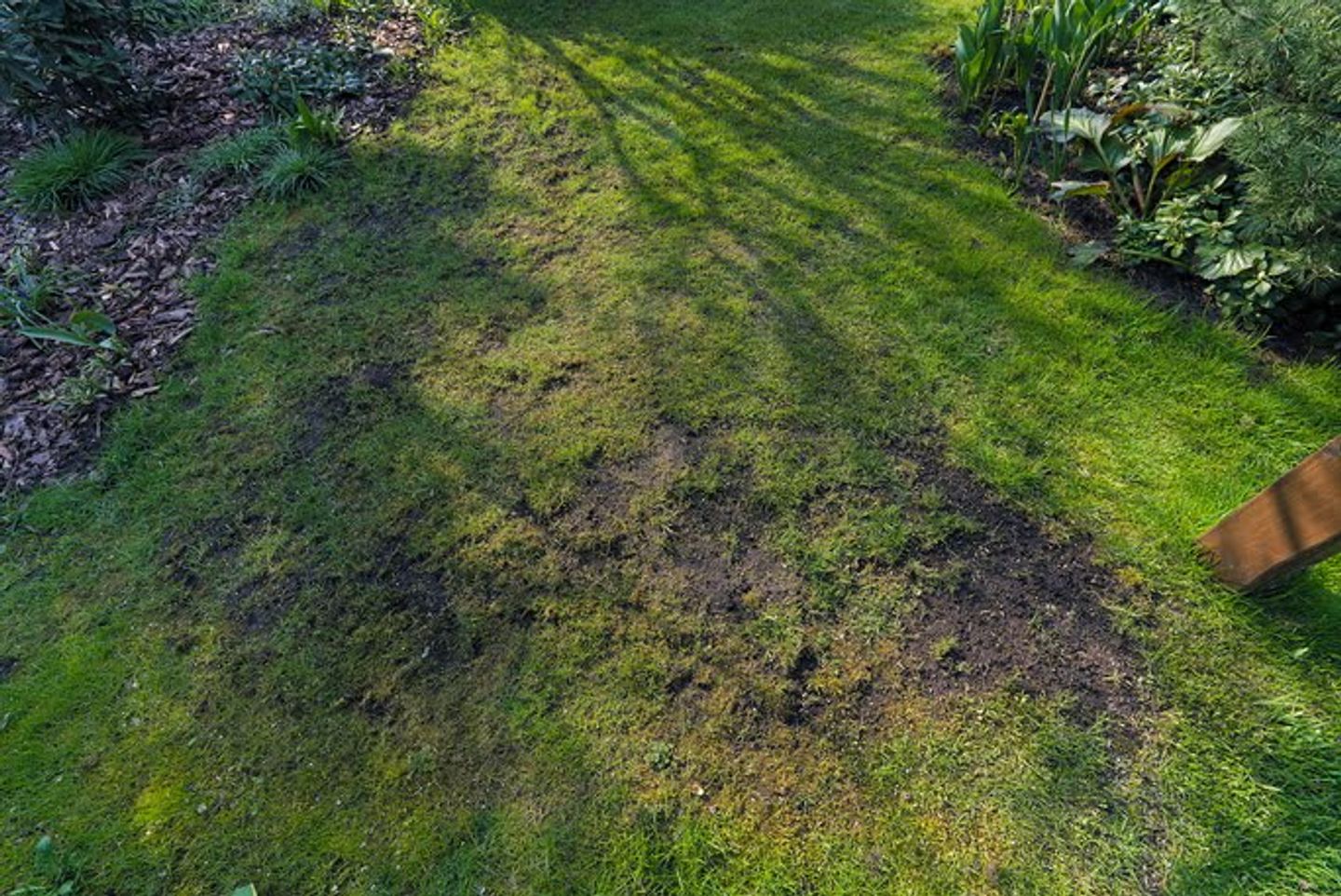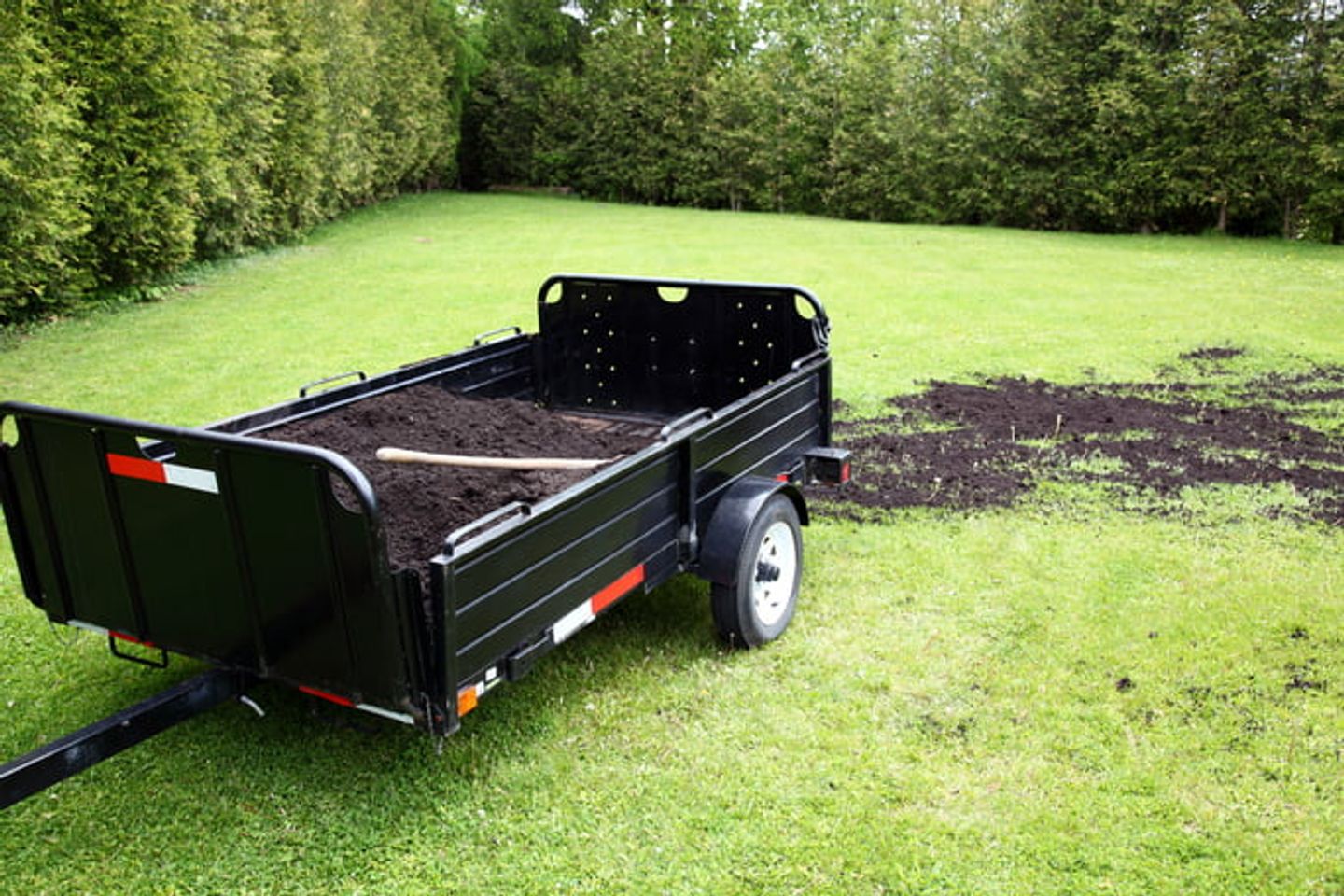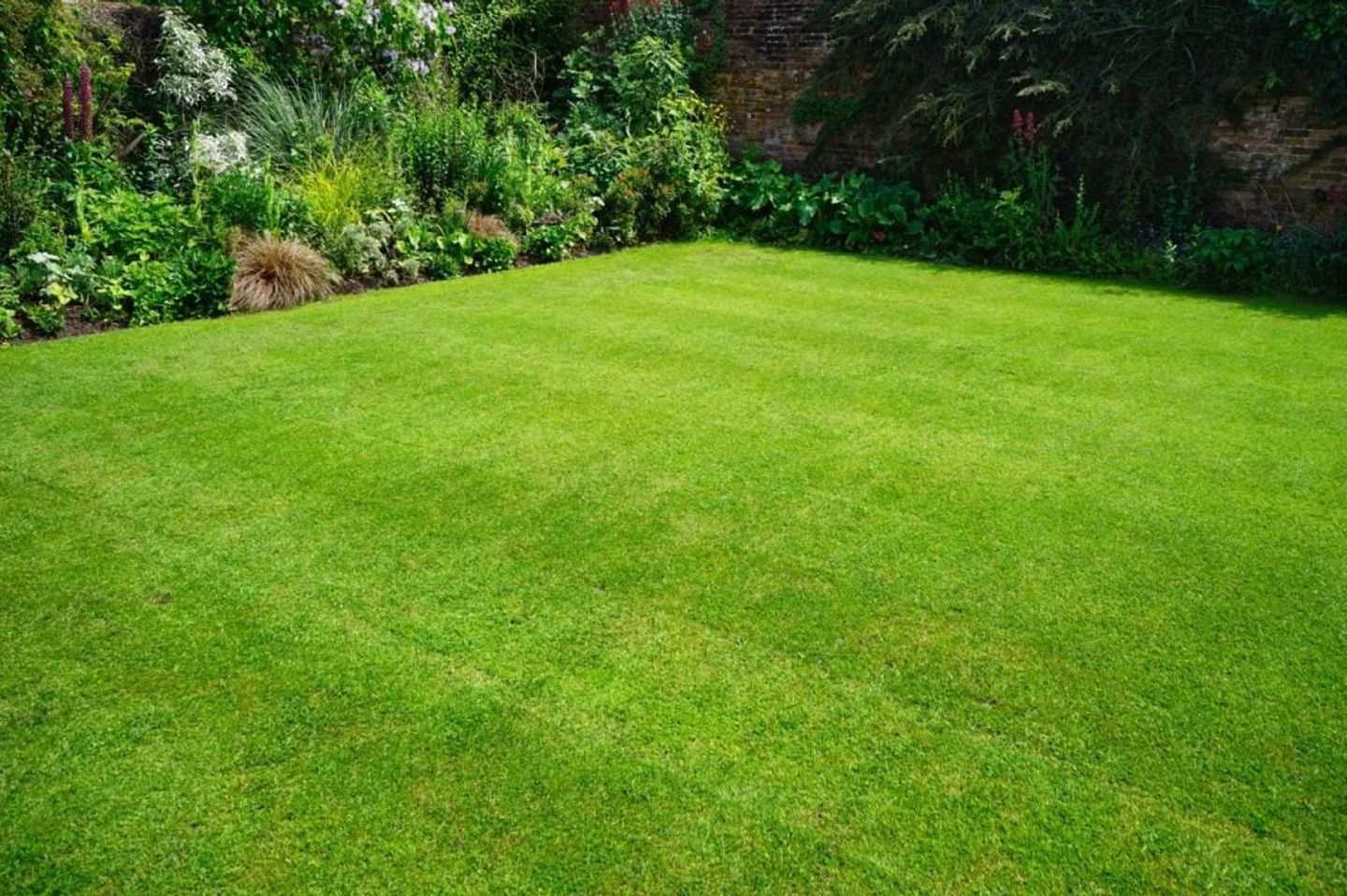An uneven lawn isn’t just hard on the eyes, it’s also unhealthy. If the only maintenance you do to your garden lawn is mowing it, you'll soon find that a lawn that started out smooth will eventually develop various bumps, dips and other imperfections like bare spots, damp patches, weeds & moss.
This guide can help you with all you need to know about lawn levelling from top tips to which equipment you can hire or buy from us.

(Credit: Dorin_S) https://www.istockphoto.com/
Why lawns become uneven
Like some things in life, lawns can be complicated. As the un-levelling of your lawn is a natural process, the changes are so gradual you hardly notice them, until suddenly you see Wimbledon or the greens at Augusta on TV and find yourself thinking, “Didn’t my grass used to look like that?”. The process of moving from flat to flawed involves a variety of factors -
Frost
Different places thaw at different rates due to sunny & shady areas. This can cause the ground to buckle ever so slightly.
Feet
Some parts of your lawn are walked across frequently, whereas other areas aren't which results in uneven wear and tear.
Animals
Whether it’s the local fox, neighbour's cat or your own pets, their activity affects the grass and the ground it grows in. Even birds pecking for food will have a slight impact on your lawn.
Rain
Exposed lawn areas will of course get wetter than sheltered ones. Wet spots get soft & depressed, AKA uneven, when walked on which will create puddles in your lawn. These spots are also prone to moss growth too.
Gardening
Sometimes showing your lawn TLC can be counterproductive. If your mower isn’t well-maintained, it can rip lumps of grass out & create bare spots which will be an open invitation for weeds.
How to level a lawn with small uneven patches
If your grass is mostly fine except for a few places, you can tackle the problem areas one by one. Here’s a simple way of levelling your lawn:
- Using a sharp-bladed spade, cut through the uneven patch with an H-shaped incision and peel back the turf.
- Fork over the base soil, remove the excess or add new topsoil to raise the level.
- Tamp the soil down firmly and replace the turf.
- Check that the patch of lawn is now level, lift the turf again and adjust if necessary.
- Brush a sandy topdressing into the crevices where you made the incision.
- Tap the turf edges with the back of a rake to bed them.
- Water the patch using a watering can.
Levelling with topdressing
Topdressing is an effective way to level a larger lawn area by spreading a mix of topsoil, compost and fine sand over the grass. The compost adds nutrients to the soil and the sand promotes good drainage.
Here’s our six-step guide to topdressing:
- Spread a half-inch layer of topdressing mix over the low areas (any more will smother the grass).
- Rake the topdressing to spread it evenly.
- Use a stiff broom to brush the area back and forth, working the topdressing into the earth.
- Water the area gently - too much will wash away the levelling mix.
- Monitor the area to check that the grass is coming through.
- Repeat the process if the grass isn’t level.
Levelling larger sections of lawn
If the dips in your lawn are too deep or extensive for patching up or topdressing, the best thing to do will be to fill the holes with soil, gently compact them and then water. Leave a layer of looser soil at the top then sprinkle seed over it ensuring you follow the instructions on the packet to correctly nurture your lawn.

(Credit:Dorin_S) https://www.istockphoto.com/photo/topdressing-lawn-gm183506028-15054376
Rip it up and start again
If your lawn is too far gone or if you feel like ‘Lawnado da Vinci’ and want to create a masterpiece, here’s how to go about it:
- Go over the old grass and remove all weeds, stones and debris (this is important because whatever’s left on there now will end up underneath).
- If you have clay or clay-rich soil, add sand to create better drainage.
- Hire an HSS rotavator and use it to turn over the whole lawn.
- Choose a time when the garden is reasonably dry, as wet soil means harder work.
- Add, move or remove material to create a level piece of land.
- Dig in some good quality topsoil or compost to give your new lawn a fertile base.
- Let the top of the soil be slightly higher than the height you want for the lawn, allowing for compaction and settling.
- Make sure the lawn area is level. Use string lines between pegs, then a spirit level to check that the lines are not sloping.
- Lay new turf or seed over the entire area and bed it gently using an HSS roller.
- Invest in a rotating sprinkler to keep the turf well-watered without having to walk on it.
Now you know how to level a lawn! Whichever of these approaches you take, you’ll be transforming your old patch of grass into a jewel of perfection!
At HSS, we offer a wide range of gardening tools and equipment, that can be hired or bought, so you can take care of your lawn all year round. For any questions about lawn levelling tools, get in touch with our live chat experts who are happy to help or contact your local HSS branch.






















































